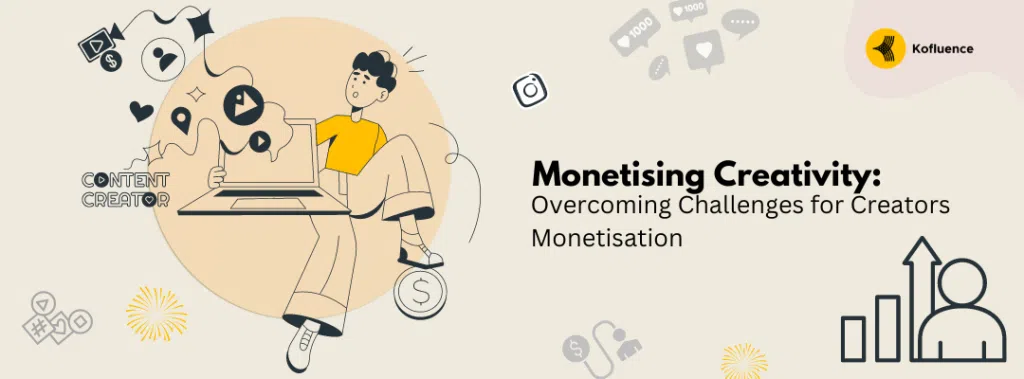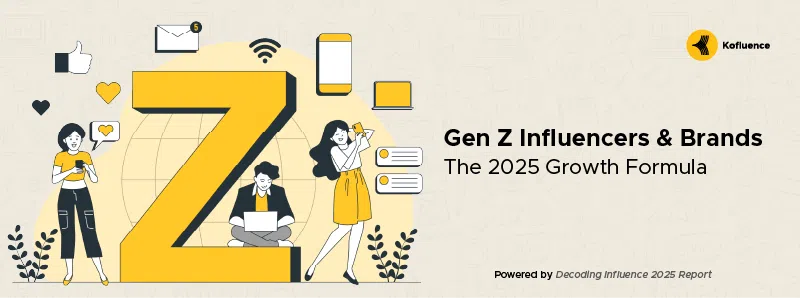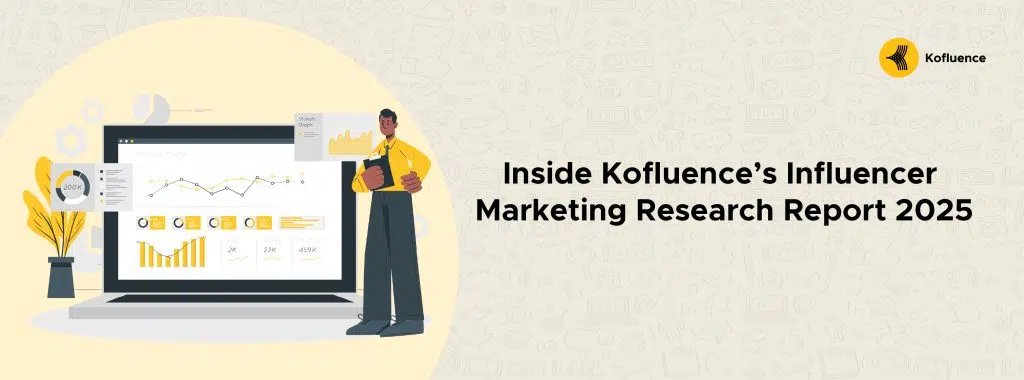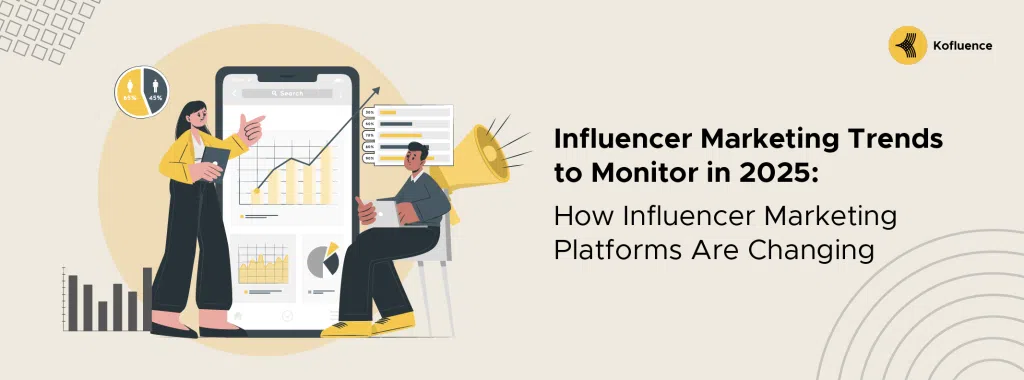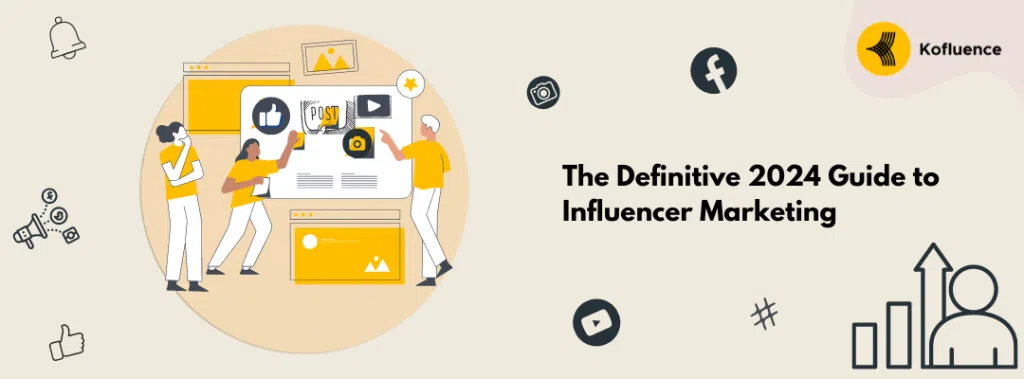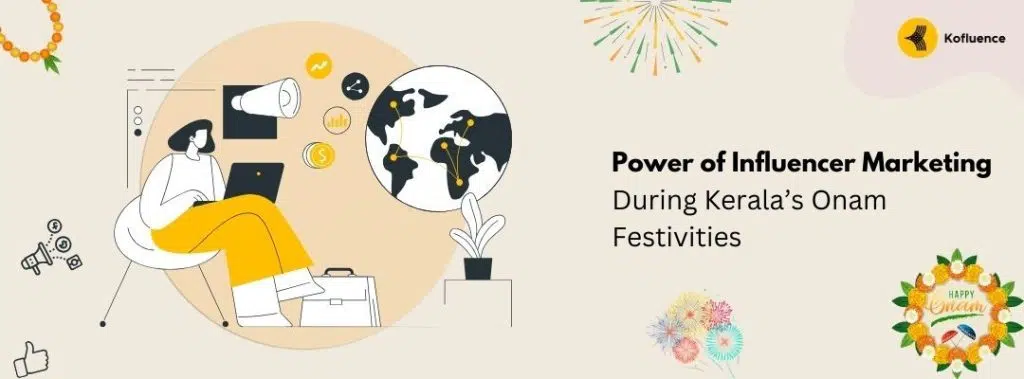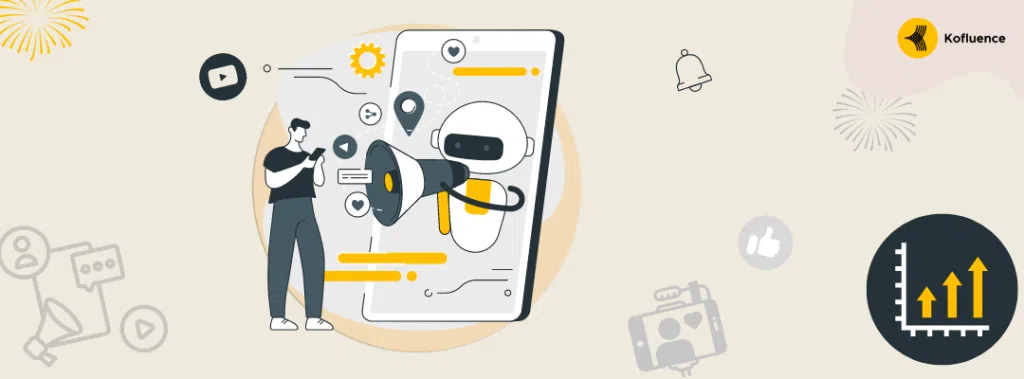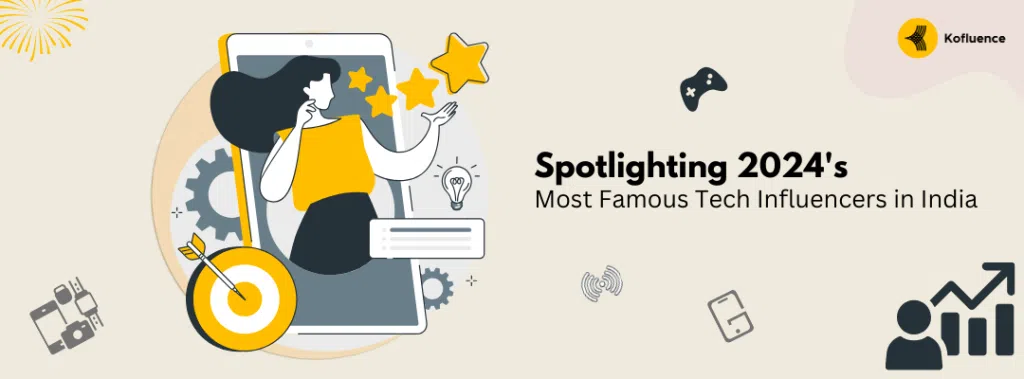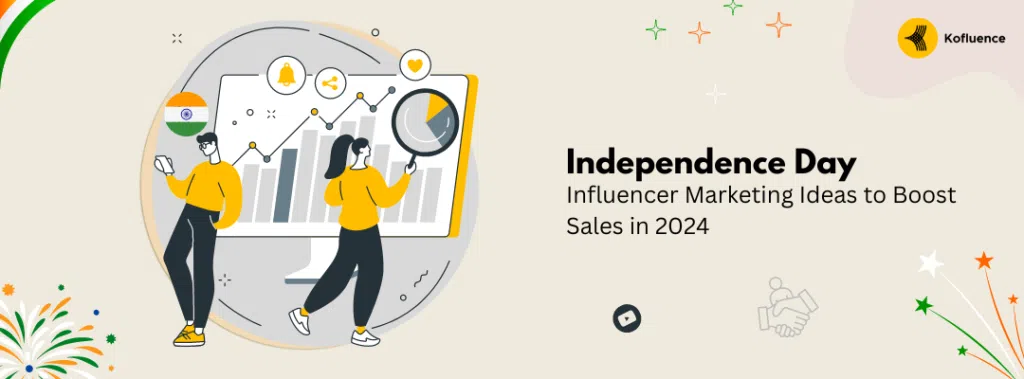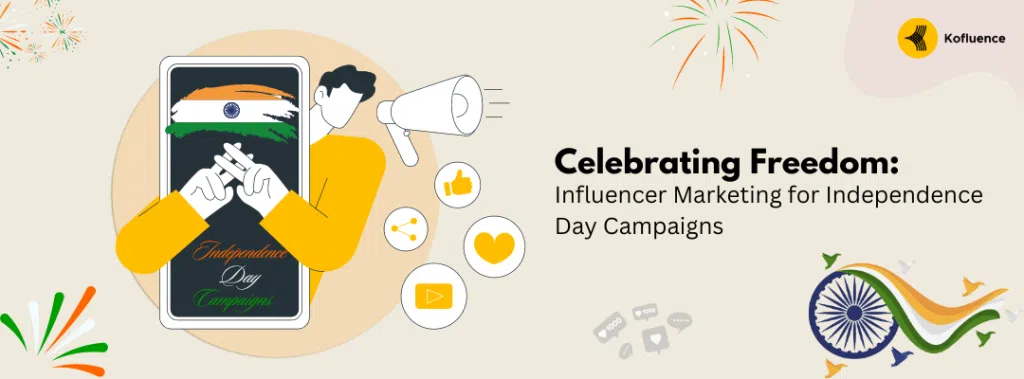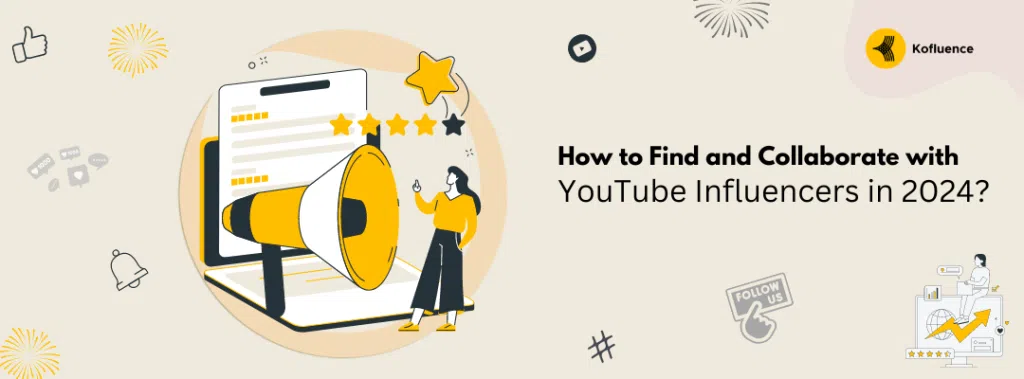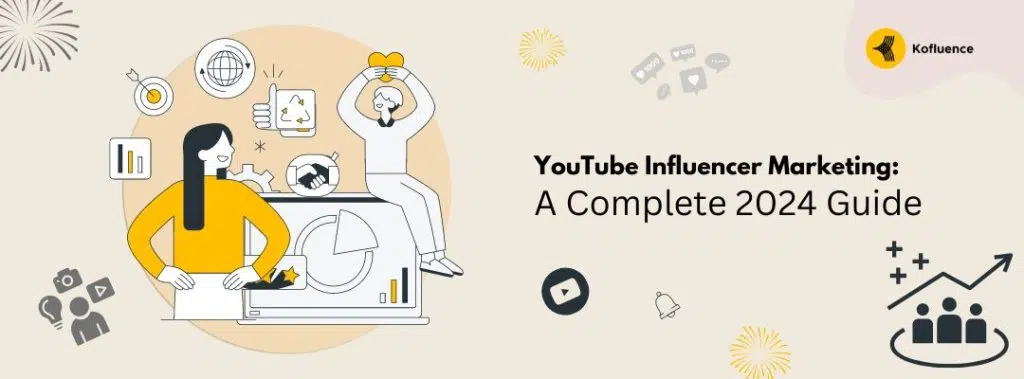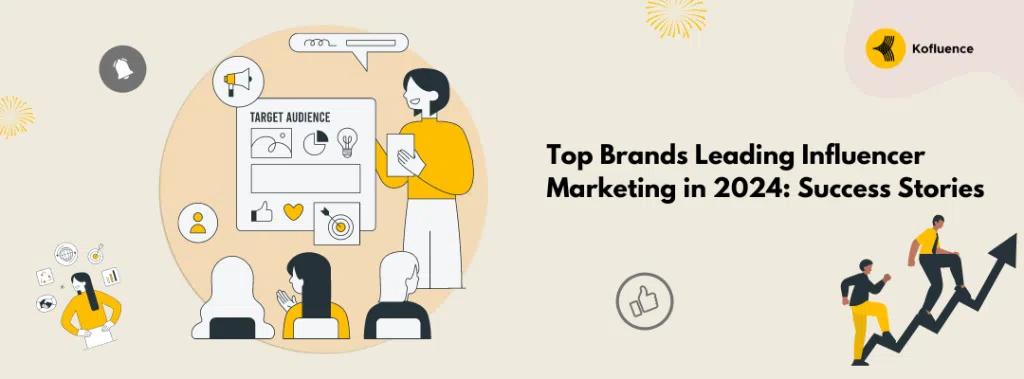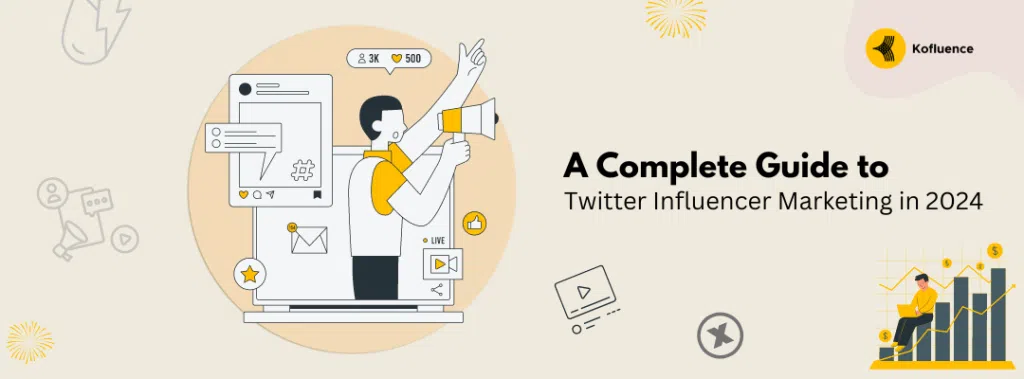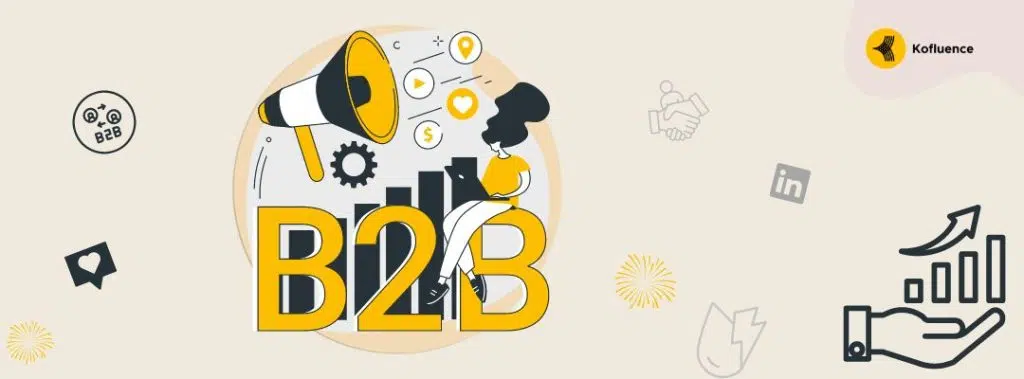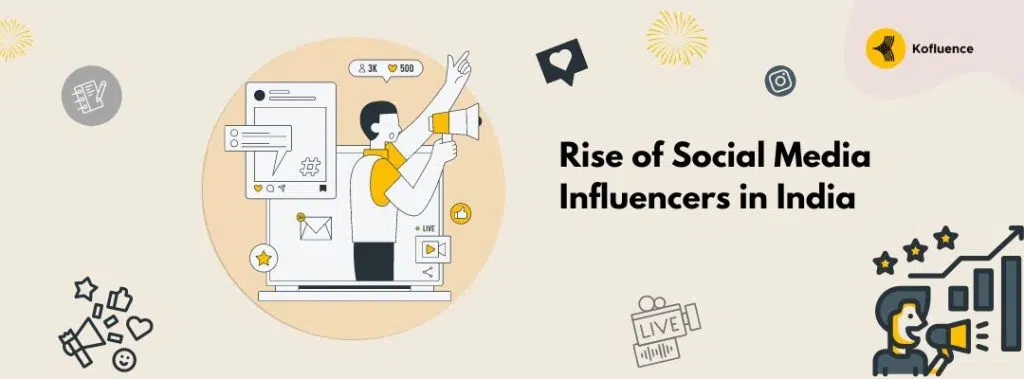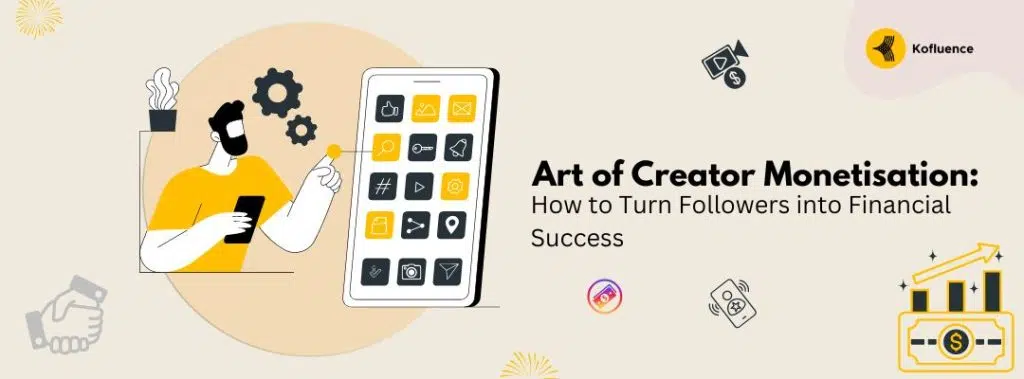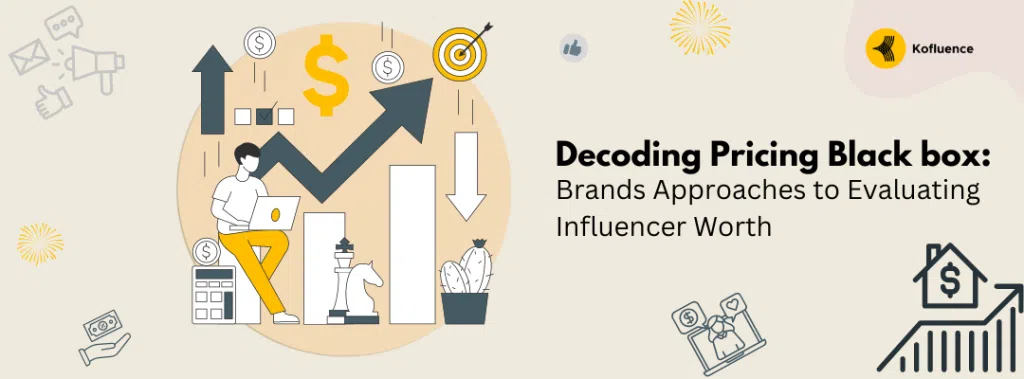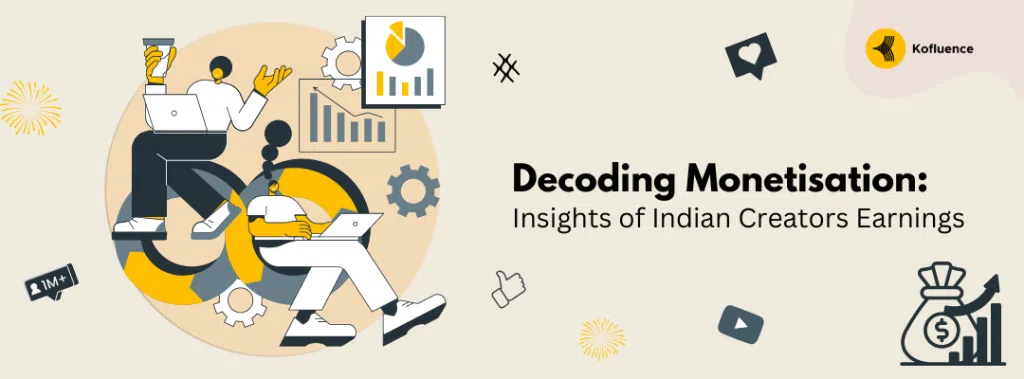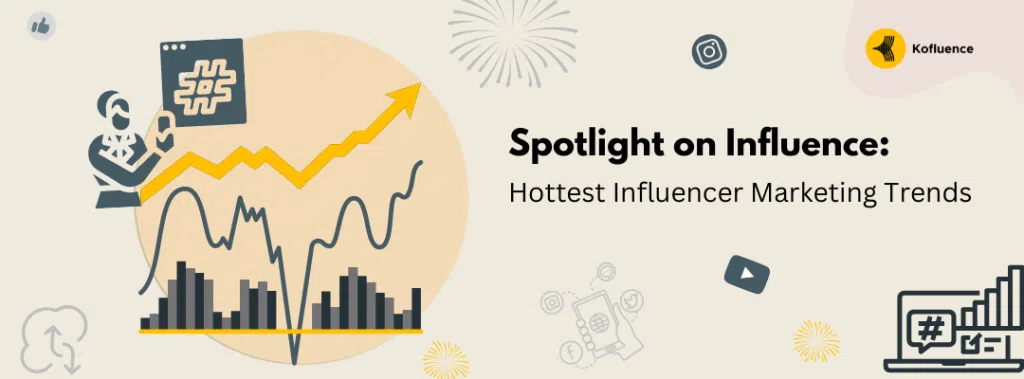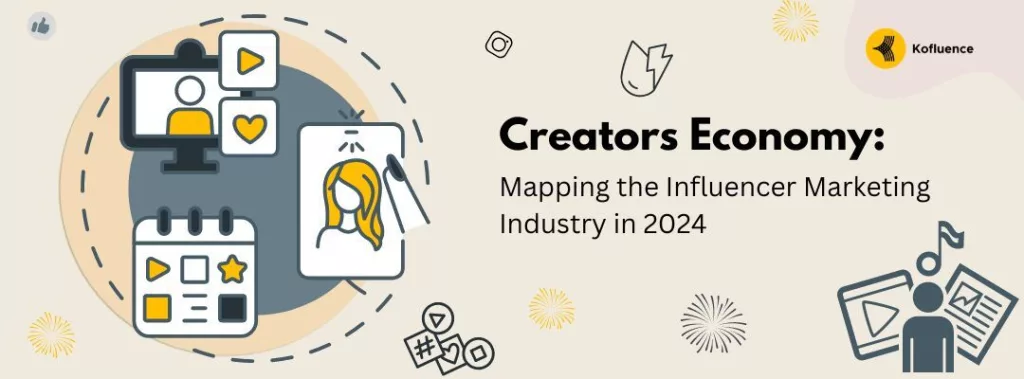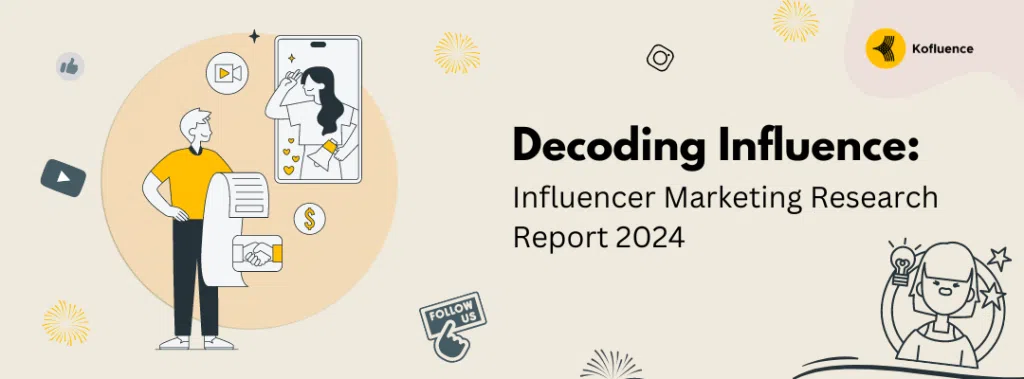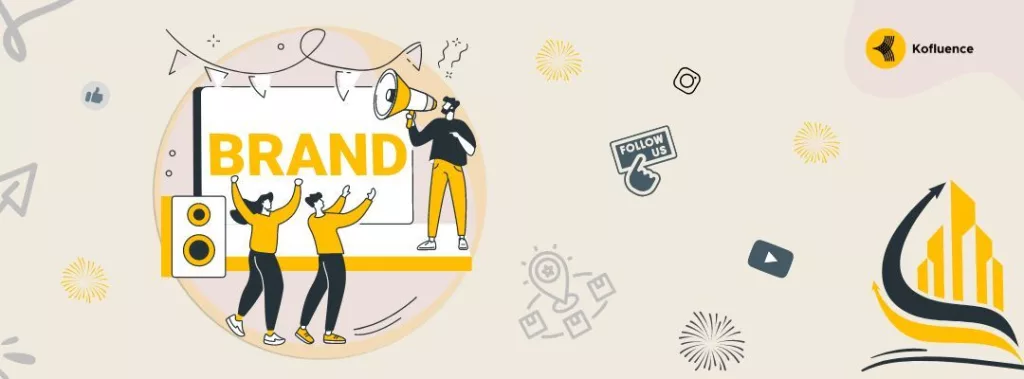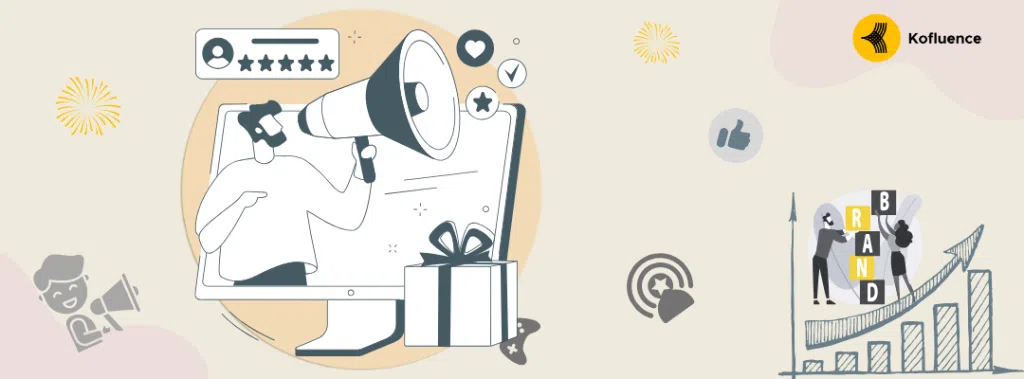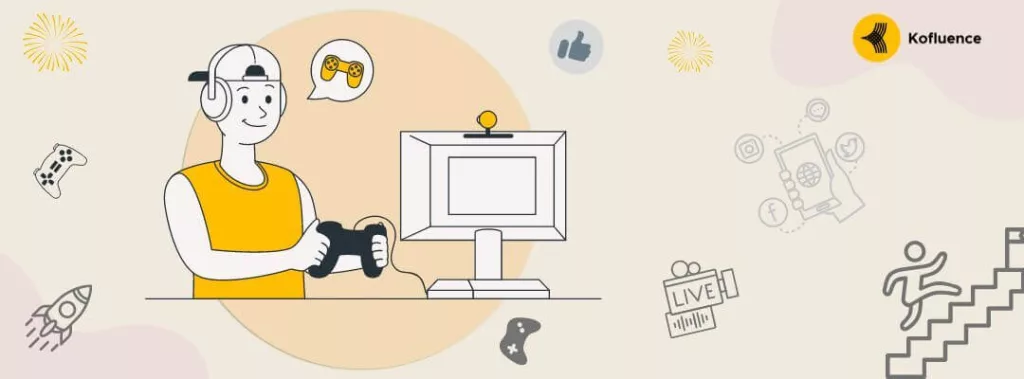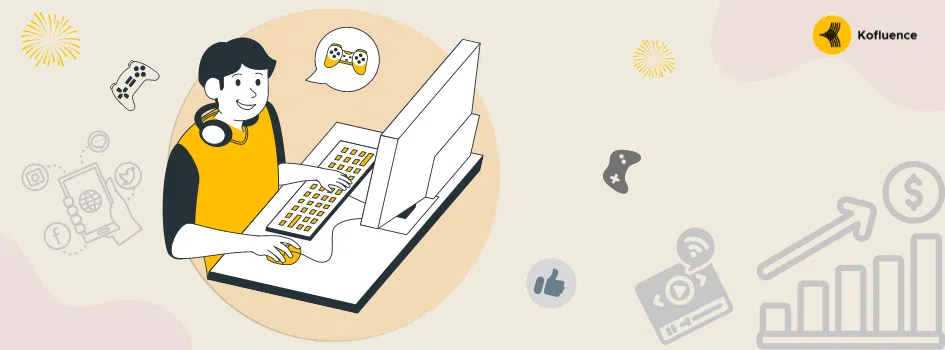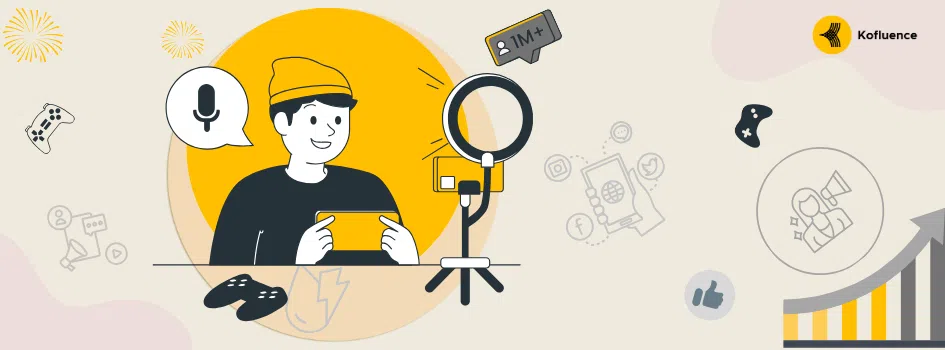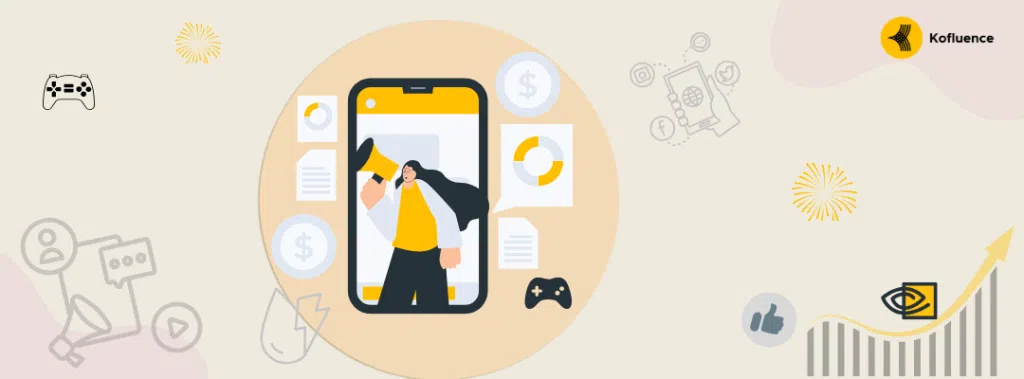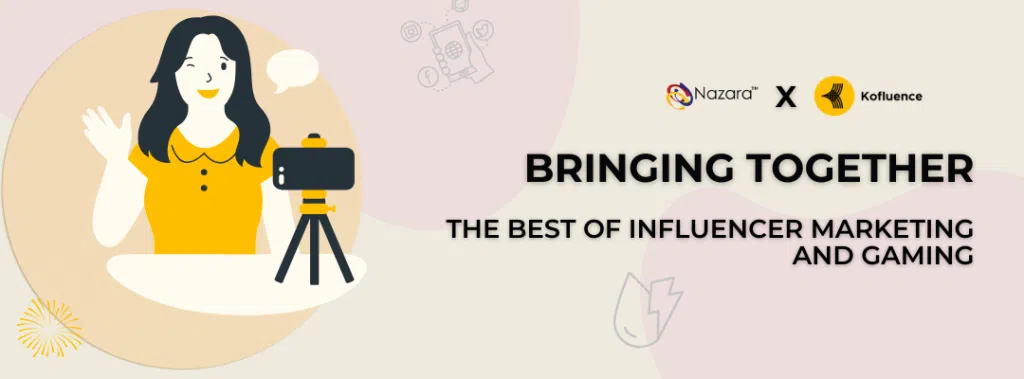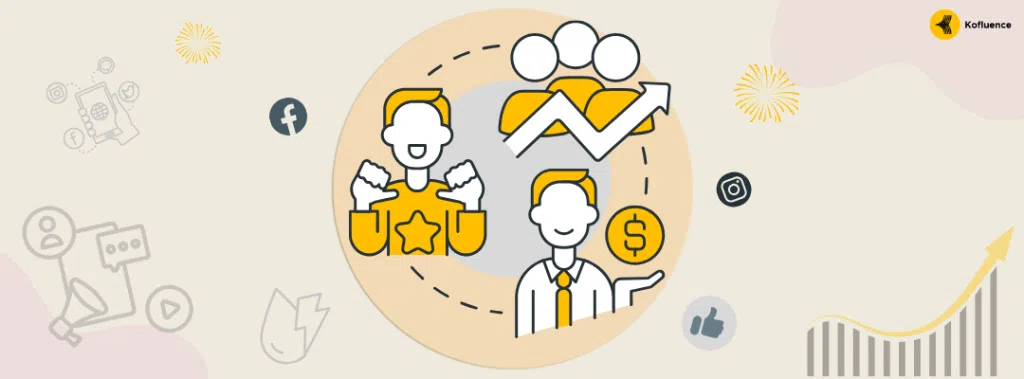Introduction
Common Challenges With Creator’s Monetisation
How to Overcome Creator’s Monetisation Challenges?
Conclusion
FAQ’s
Introduction
The way people interact with digital platforms to commercialise their abilities and creativity has changed with the rise of the Creator’s monetisation and its abundant opportunities on social media platforms. Social media’s ability to help people create, grow, and sustain connections is a significant factor in its popularity. It has also given businesses and brands a means to connect and obtain feedback from their target markets over time. According to Decoding Influence, Kofluence’s benchmarking research report, an average of 110k to 170k Indian creators monetise their content on YouTube.
However, in addition to facilitating communication and relationship-building, it has provided influencers with many avenues for financial gain, primarily through social media monetisation strategies.
Common Challenges With Creator’s Monetisation
Even with the abundance of monetisation techniques available, it can take a lot of work for creators or influencers to turn their creative output into a steady source of income. According to Decoding Influence, 16.5% of content creators feel that knowing how to monetise their content is their biggest challenge. These are some of the biggest challenges to the creators monetisation and strategies for overcoming them:
Growth and Engagement of the Audience
Growing a sizable and active audience can be challenging but essential for profitability. Content creators must continuously generate superior material that appeals to their intended viewership. It’s critical to comprehend audience preferences through analytics and feedback. Interacting with followers, answering their remarks, and building a community can also help maintain and expand the audience base.
Platform Autonomy
Relying too much on a single platform might be risky because of shifting algorithms, periodic policy changes, and possible platform problems. Diversification across several platforms helps reduce these risks. For instance, a YouTube creator can launch a blog or maintain a regular presence on YouTube. This strategy increases reach while lowering reliance on a single platform for the creator revenue generation.
Burnout and Consistency
Maintaining a regular content schedule is crucial for audience retention and directly impacts creator monetisation. Consistency keeps audiences engaged, and platforms and sponsors favour creators who produce content reliably. However, this constant demand can lead to burnout, affecting productivity and income. To sustain monetisation efforts, creators should plan and schedule content in advance, ensuring a steady flow without last-minute pressure. Regular breaks help rejuvenate creativity and prevent exhaustion, allowing for consistent, high-quality content that keeps audiences interested. Enlisting team support for tasks like editing and social media management can alleviate the workload, enabling creators to focus on their strengths and produce better content. By adopting these strategies, creators can maintain their productivity and well-being, ultimately enhancing their monetisation opportunities.
Monetisation Limitations and Policies
Adhering to different platforms’ monetisation strategies can take time and effort. For example, specific videos may have less earning potential because of YouTube’s stringent policies on ad-friendly material. To overcome these limitations, follow platform policies, diversify sources of creators income, and explore alternate forms of monetisation.
Alignment of Brand and Authenticity
For creators, authenticity in product promotion is pivotal to successful monetisation. Audiences quickly detect insincere endorsements, which can lead to a loss of trust and, consequently, a decline in engagement and revenue. To secure lucrative brand deals, creators must partner with companies that align with their values and appeal to their audience. This alignment ensures promotional content is credible and resonates well with viewers. Transparency and honesty in sponsored material are essential for maintaining this credibility. By being genuine and selective with brand partnerships, creators can build and sustain audience trust, leading to more successful collaborations and enhanced monetisation opportunities.
How to Overcome Creator’s Monetisation Challenges?
Navigating the monetisation challenges is crucial for every content creator. The following tactics can help content creators overcome these obstacles and maximise revenue.
Make Use of Analytics
Analysing the analytics tools offered by platforms like YouTube and Instagram can provide insightful information on audience behaviour, content effectiveness, and revenue patterns. By analysing this data, digital content creators can improve engagement, hone their content strategy, and pinpoint the best monetisation prospects.
Diversify Your Revenue Streams
Relying solely on one source of income is not profitable enough. Creators should investigate various revenue methods concurrently. For instance, a YouTuber may make money through crowdfunding, affiliate marketing, product sales, and ad revenue. If one revenue stream underperforms, this diversity guarantees a consistent flow of income.
Look For Professionalism and Quality
Superior content makes a lasting impression and draws in more viewers, sponsors, and paying customers. Enhancing content quality can be achieved by professional editing, well-equipped work, and ongoing skill development. Connecting within the industry and engaging with other creators can lead to new growth and revenue prospects.
Establish Your Brand
A solid personal brand aids in creators differentiation. Brand identity strengthens when voice, style, and values are maintained across all channels and content. A clearly defined brand draws in devoted customers and alluring sponsorships, which improves monetisation prospects.
Interact with the Community
Engaging the audience fosters a devoted following. Building engaging material, holding live sessions, and answering comments help establish a closer relationship with followers. A committed fan base is more inclined to support the creator with memberships, cash contributions, and product purchases.
Seek Expert Advice
Sometimes, expert assistance is needed to navigate monetisation’s complexities. Employing a good manager or working with an influencer marketing platform can help with financial management, revenue optimisation, and legal compliance. Expert advice can help creators focus more of their time on producing content, which is their primary interest.
Conclusion
The process of creator monetisation is complex and requires overcoming obstacles, comprehending several sources of earnings for creators, and keeping up with the rapid advancements in digital technology. While achieving sustained income can be complex, proper preparation and persistence can bring considerable benefits.
Content creators can overcome monetisation issues and maximise their revenues by using analytics, diversifying income, maintaining quality, developing a solid brand, engaging with the community, remaining updated, and getting expert aid. As the digital world expands, content creators have countless options to convert their passion into a profitable venture. So keep growing and turn your passion into colossal revenue!
If you found this blog helpful, browse through our website for other blogs on similar topics, or get in touch with us for your next influencer marketing campaign! Download the Kofluence app and find relevant campaigns catering to your target audience! To opt-in, download the Kofluence app here: iOS users and Android users.
FAQ’s
. What difficulties do content creators encounter?
According to Decoding Influence, 30.9% of respondents felt the biggest challenge that content creators often face is the issue of growing their audience by attracting new people to their content and keeping their existing audience engaged and coming back. This involves not only attracting but also retaining a dedicated following. Finding enough time to manage content creation, promotion, and engagement is a significant hurdle. Lastly, monetisation knowledge and understanding how to generate income from their content effectively is a common issue. Ultimately, the fundamental problems – audience growth, retention, and monetisation that are commonly cited are pain points for those trying to build a successful online presence through their creative output.
. How does enhancing content quality contribute to better monetization?
Improving content quality boosts monetisation by attracting a more engaged audience, which is attractive to advertisers and sponsors. High-quality content can lead to longer viewer retention, increased engagement, and more sharing. These metrics are crucial for platforms like YouTube, which share ad revenue. Additionally, quality content can fetch higher sponsorship rates and enable creators to sell premium content or merchandise.
. What are the long-term advantages of successful content creator monetisation?
Long-term benefits of effective monetisation include financial stability and the ability to turn a passion into a sustainable career. Successful monetisation allows creators to invest their content, improving quality and production values. This allows the freedom to explore creative avenues without financial constraints, leading to diversified income streams and the potential for growth and scalability in their creative endeavours.

